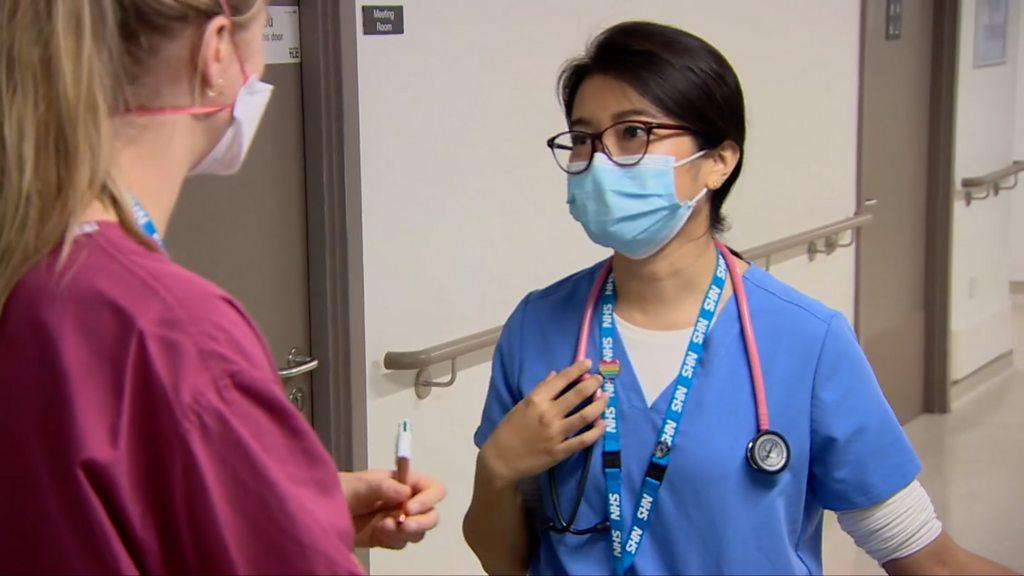The doctors bringing A&E to your home
- Published
Dr Jessica Rogers on a visit to a patient
Imagine this: you're unwell and think you need to visit A&E. You know that you could be waiting many hours before being seen by a doctor; possibly even overnight. But now imagine that you also have cancer and you're in pain, or that you're elderly and frail.
A hospital stay might even be detrimental to your health: sitting for hours in an unfamiliar location, surrounded by other unwell patients. For some patients, simply getting to hospital can be a torturous, fraught process.
But what if A&E came to your home and assessed you there? Not only would it save you time, but doctors could still run tests, prescribe medication and, crucially, keep you out of hospital altogether.
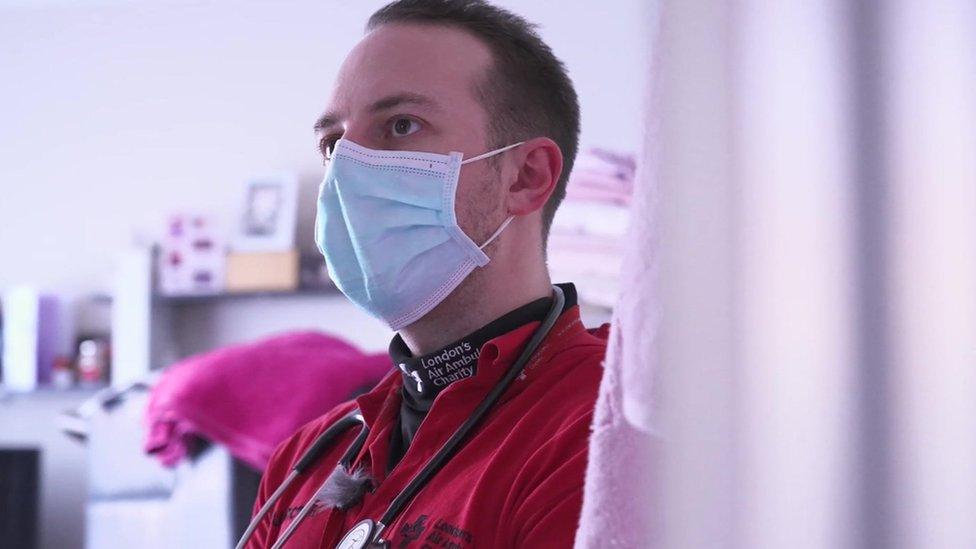
Dr Christopher Cann is a member of the Physician Response Unit
This is where something called the Physician Response Unit (PRU) comes in. It's based at the Royal London Hospital in Whitechapel, east London, and it's recently celebrated its 20th year of operation.
It has three teams of two - composed of an A&E doctor and an emergency ambulance crew member - and each team visits about half a dozen homes every day across north-east London.
Importantly, the PRU aims to offer the same standard of care as would be received in A&E.
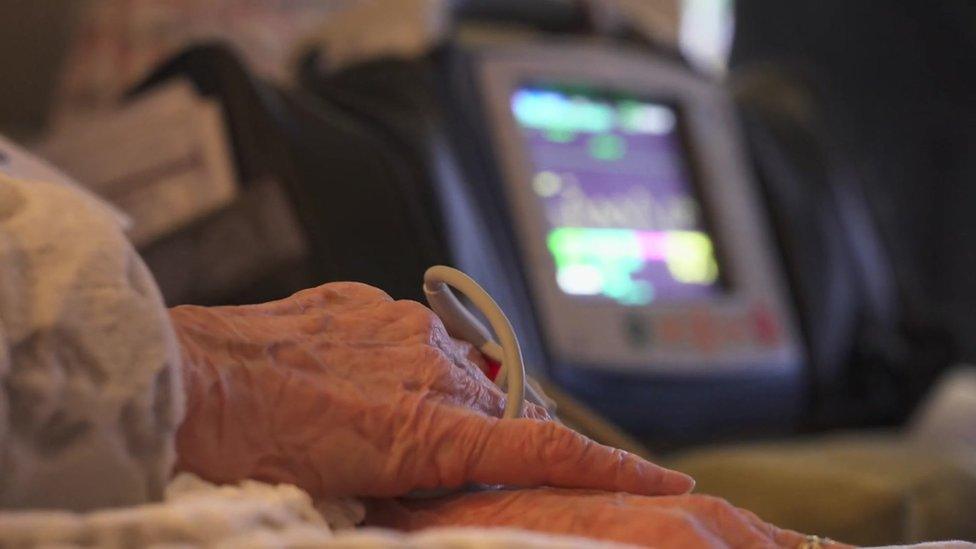
The PRU team visited Dorothy in north-east London
Take Dorothy, for example. An elderly woman, she phoned for help after falling at home and feeling dizzy.
This would usually have required a trip to A&E, with all the associated hassle. But instead she's assessed from the comfort of her sofa by Dr Jessica Rogers, who runs a series of tests.
She concludes that Dorothy does need to go hospital for a few more tests but, crucially, she can bypass A&E and be back home later in the day.
Dr Rogers makes a couple of phone calls and Dorothy is on her way, just one of the 4,000 or so patients the PRU sees every year.

"If you treat patients at home, they know the people around them," says Bill Leaning
The PRU is a partnership between Barts Health NHS Trust, London Ambulance Service and London's Air Ambulance. Patient referrals come from 999 calls, or from an ambulance crew that might have visited earlier in the day, or from a GP.
The team arrives in a red rapid-response vehicle stuffed with equipment that can handle everything from cardiac arrests to catheter replacements.
They most commonly see patients over 65 and those with complex medical backgrounds, and the majority of cases they receive are Category 2 calls, which would normally involve a patient being brought straight to hospital by an ambulance crew for a series of investigations.
'They're a human being'
It's run by clinical manager and interim clinical lead Bill Leaning, a specialist paramedic whose offices on the 17th floor of the hospital look out across the East End. He talks throughout of the importance of "empowering" patients and doctors. "If you treat patients at home," he says, "then they know they're comfortable, they know the people around them."
"When a patient comes to hospital we medicalise them, don't we? We put them on a bed, we put them in a gown, we take their bloods." But when treating patients at home, "you see them as Bert or Tracy or Ahmed. They're a human being."
During the Covid pandemic the team expanded its remit, to include cancer care and end-of-life care. Some of these patients had started to avoid hospital because they were frightened, so the PRU came to them.
"If you're a cancer patient," says Mr Leaning, "you're under chemotherapy, you don't want to come and sit in A&E in case you pick up an infection."

Cancer patient Sharon didn't need to visit hospital
Last week the team visited cancer patient Sharon, who was at home struggling with an infection. Instead of a burdensome and painful trip to be assessed in hospital, the A&E came to her.
Dr Christopher Cann ran tests, liaised with her oncology department, and gave her an initial course of medicine. Sharon didn't need to move from the sofa.
According to London's Air Ambulance, about three-quarters of those treated by the PRU team would have needed to visit A&E.
Later that day Dr Cann and emergency ambulance crew member Sabrina Lister visit an elderly woman suffering from a bedsore. Her son is keen to keep her out of hospital having noticed a deterioration in her health after she spent several weeks on a ward last year.
They manage to do that, although Mr Leaning is keen to stress that the PRU won't keep a patient out of hospital for the sake of it.
It is a relatively small scheme and is not a panacea. The team has only three rapid-response vehicles. The trust behind it, Barts Health, saw about 10 times as many patients in its A&E departments in December 2022 than the PRU treats across a full year.
But it does make a difference to those it treats. "We're doing all we can for everybody," says Mr Leaning.
"You're actually doing what you've come into medicine to do, which is care for the patients that you're seeing, and to give them the best possible treatment, whether that's at the start of their life, the end of their life, or the middle of their life."

Follow BBC London on Facebook, external, Twitter , externaland Instagram, external. Send your story ideas to hellobbclondon@bbc.co.uk, external
- Published3 October 2022
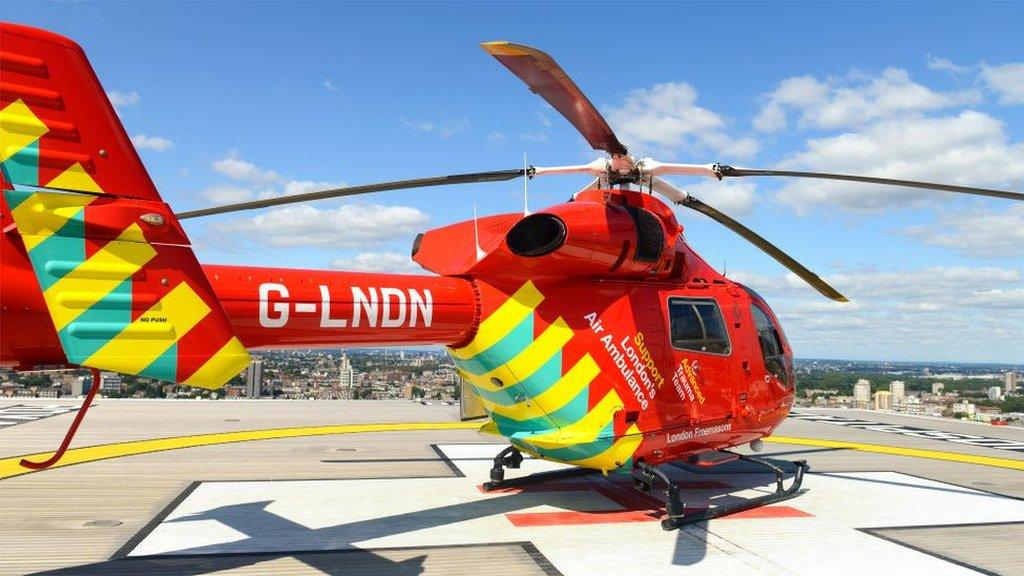
- Published15 December 2022
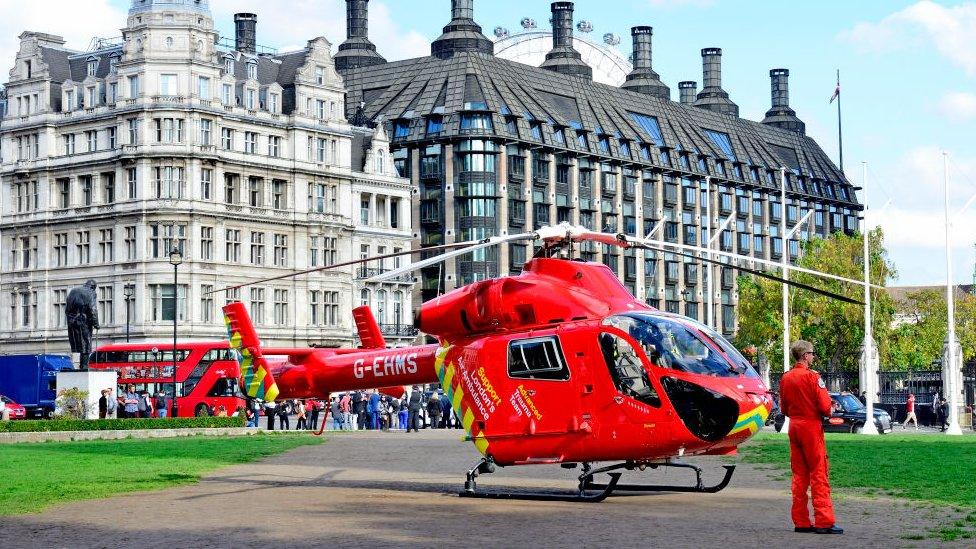
- Published19 March 2022
